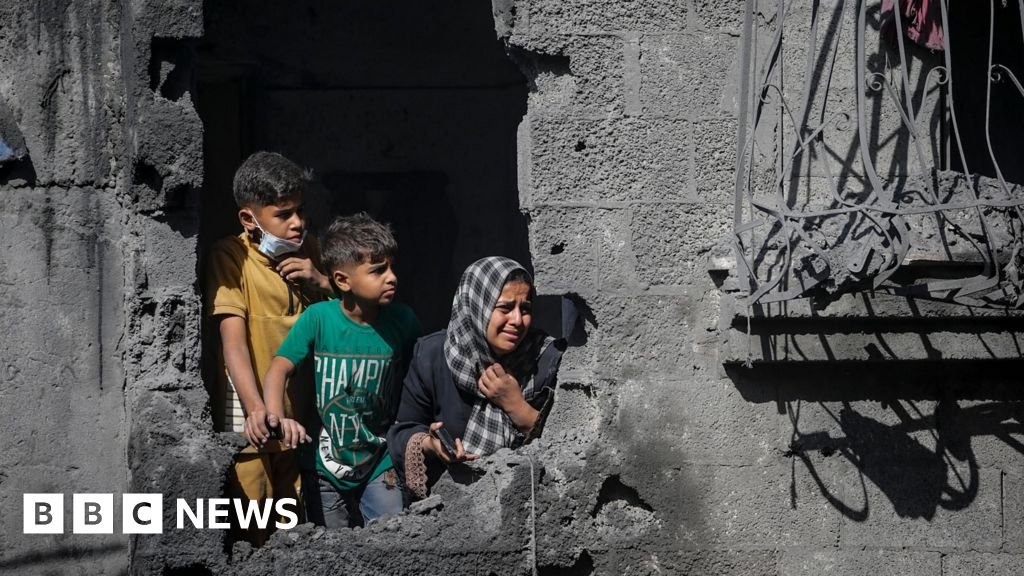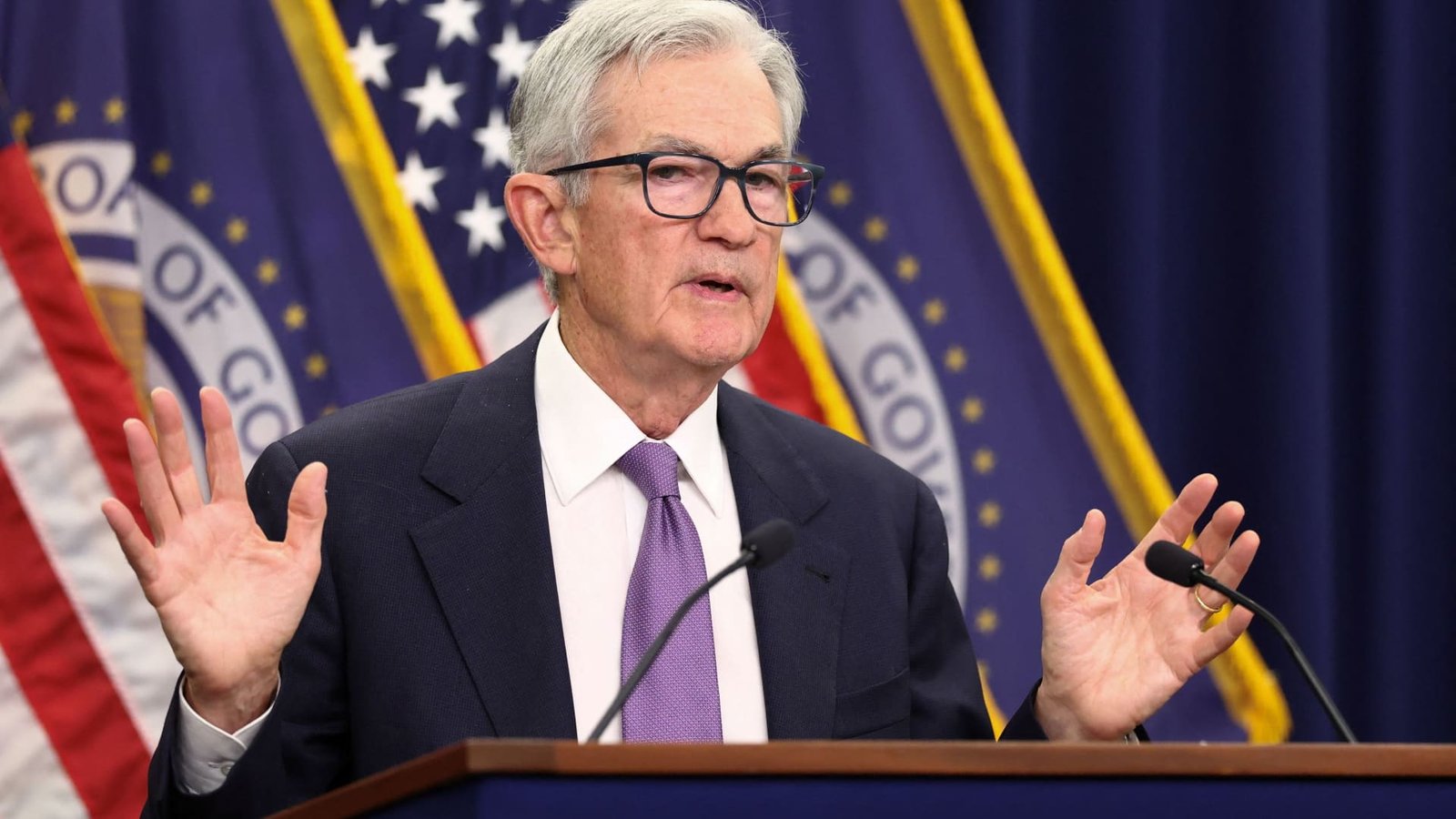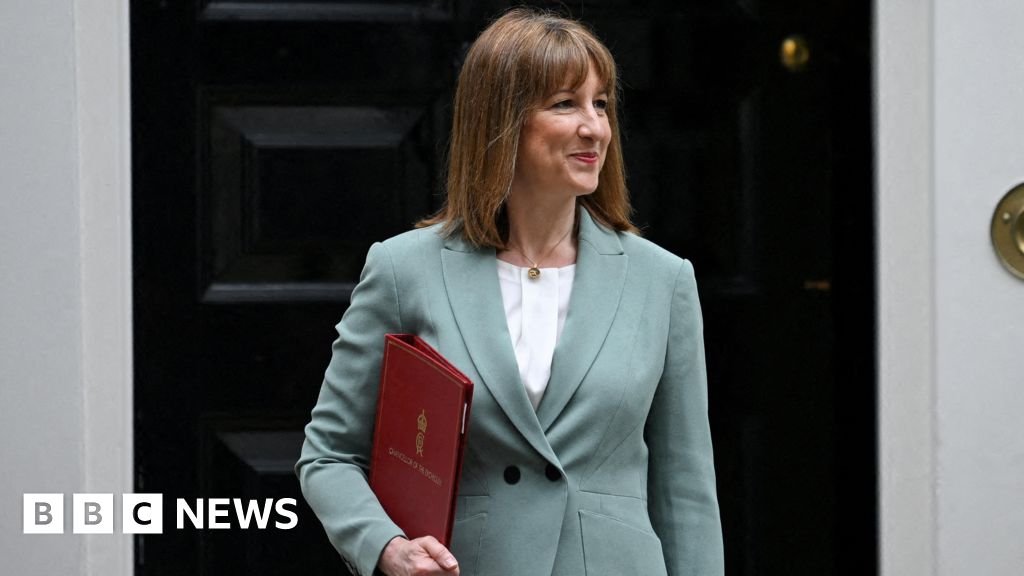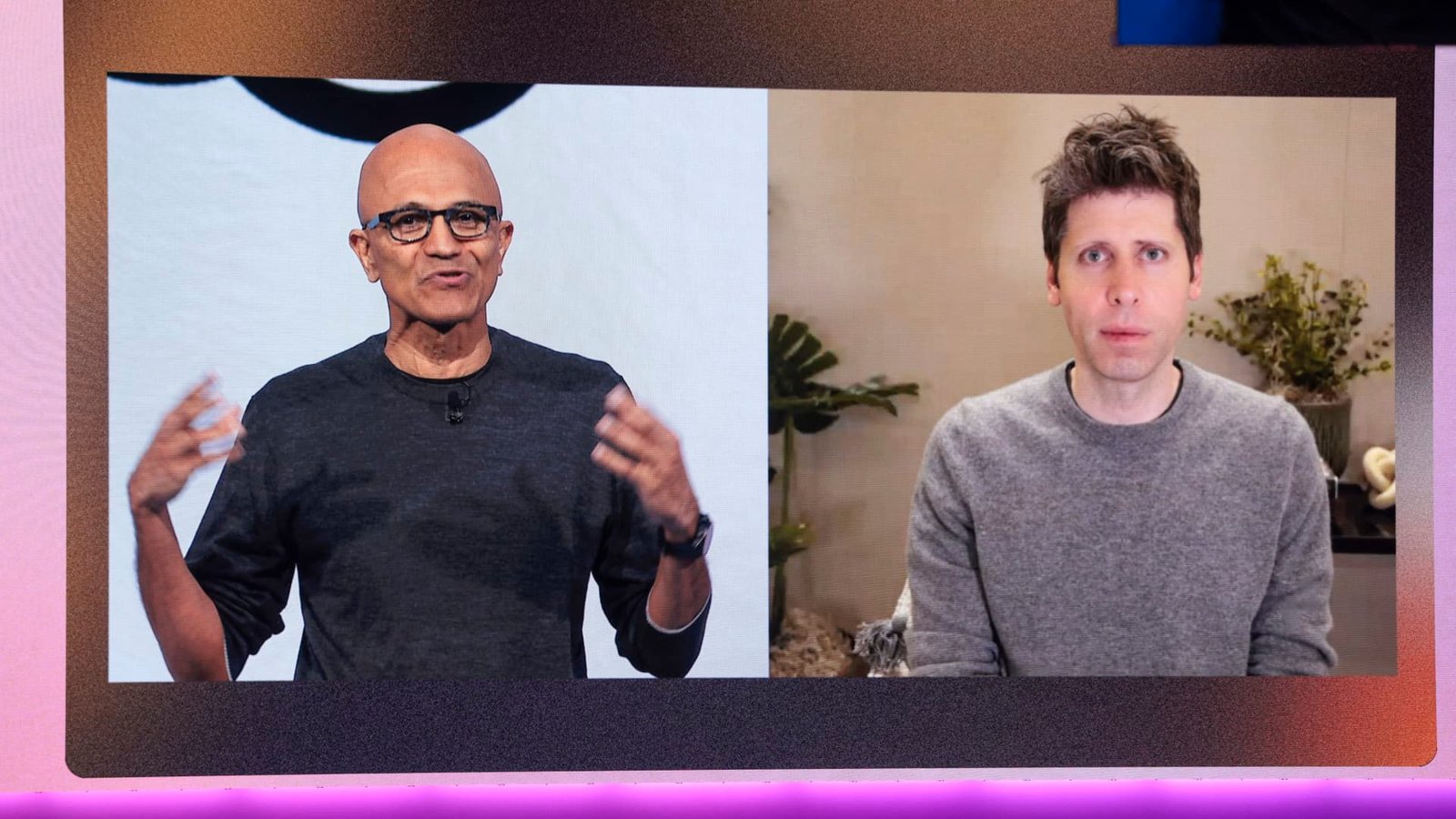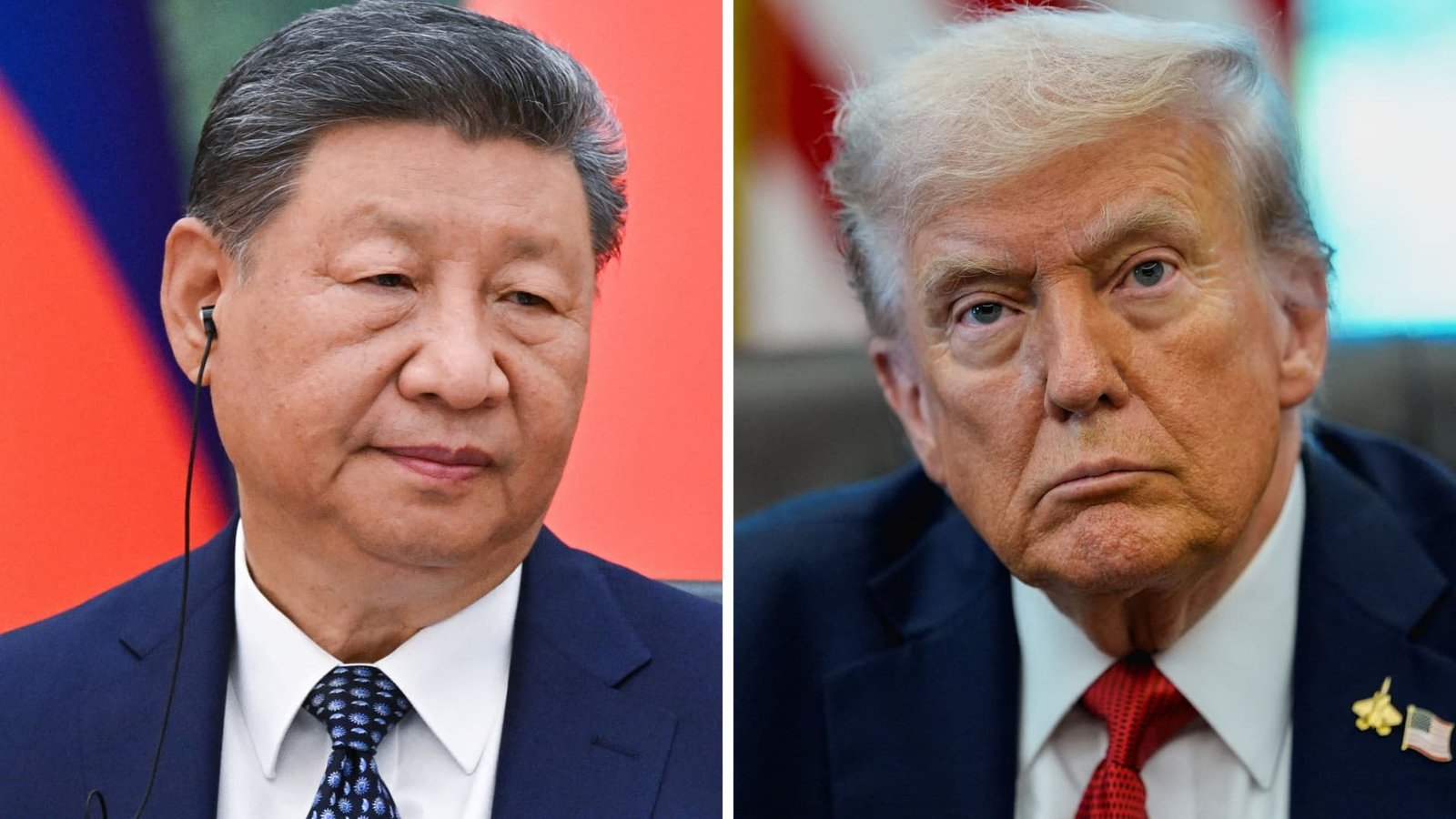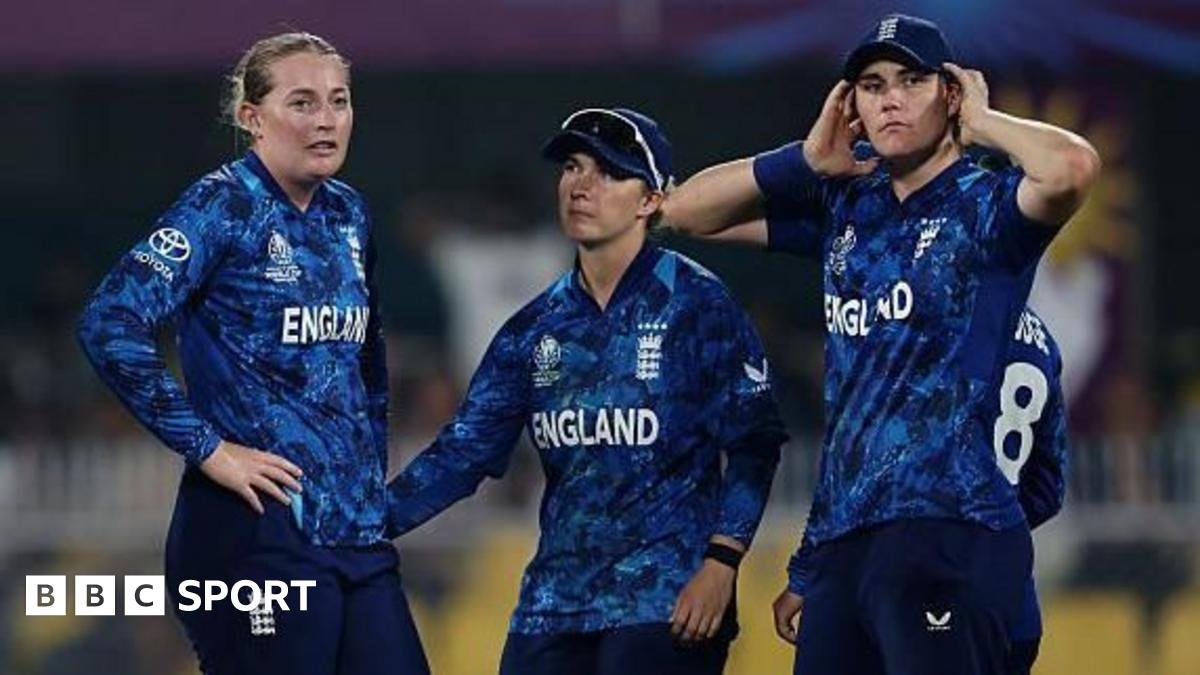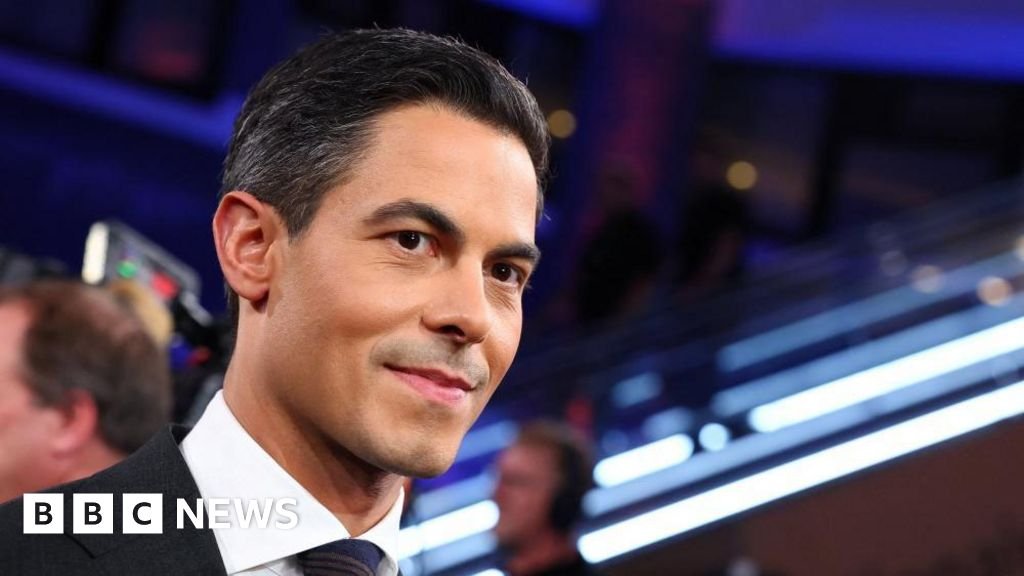Frank GardnerSecurity correspondent, Jerusalem
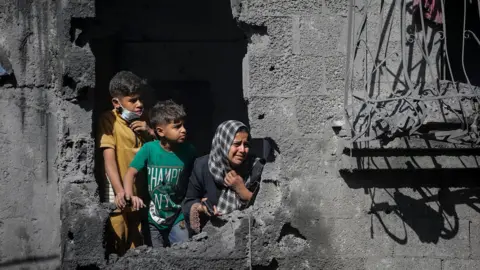 EPA
EPAWhen is a ceasefire no longer a ceasefire? It depends on who you ask.
According to US President Donald Trump on Wednesday, “nothing is going to jeopardise” the truce between Israel and Hamas that his administration has worked so hard to secure, along with Qatar, Egypt and Turkey.
But with more than 100 people reportedly killed by Israeli air strikes on the Gaza Strip late on Tuesday, preceded by Israel’s accusations that Hamas fighters opened fire on its soldiers in Rafah, killing one of them and violating the terms of the deal, this is stretching the definition of “ceasefire” beyond credulity.
Israel says it struck multiple “terror targets and terrorists”. The Hamas-run Civil Defence agency in Gaza reports that most of those killed were women and children, and that the air strikes hit residential areas, schools and tents housing displaced families.
Volker Turk, the UN High Commissioner for Human Rights, called the deaths “appalling” and called on Israel to comply with international humanitarian law.
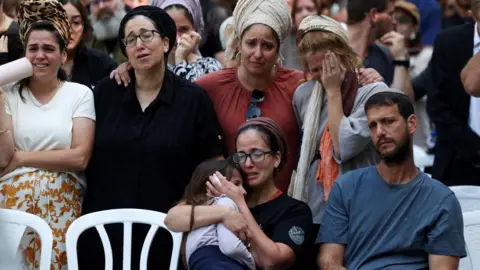 Reuters
ReutersUltimately, the survivability of the much-vaunted ceasefire deal, as well as the wider, 20-point Trump peace plan for Gaza, depends heavily on the continuing engagement of the current White House.
Trump, his Vice-President JD Vance, his special envoy Steve Witkoff, his son-in-law Jared Kushner, and US Secretary of State Marco Rubio have all been here to Israel this month.
They have all invested a large amount of time and effort in stopping the carnage in Gaza and they all have something to lose if their efforts fail.
In practice, this means several things.
While the US publicly acknowledges Israel’s right to respond to attacks that it ascribes to Hamas, in private US officials have been urging restraint in order to keep this deal alive.
After the first major challenge to the ceasefire on 19 October, when Israel said Hamas fighters had shot dead two of its soldiers and its retaliatory strikes killed more than 40 Palestinians, it was Washington that made Israel reopen border crossings to let in aid and it was US pressure that prevented an even harsher Israeli response.
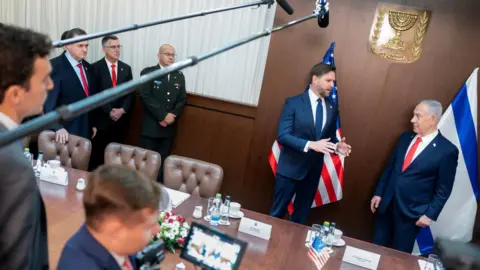 Reuters
ReutersNow that Hamas has returned the 20 living hostages it was holding, in exchange for nearly 2,000 Palestinian prisoners and detainees in Israeli jails, there are some on the far-right in Israel, including in the cabinet, who have been urging the government to resume the full-scale war on Hamas.
The White House is unlikely to let that happen, but it is clearly allowing Israel some leeway to respond to apparent violations by Hamas.
So far, Hamas, while strongly condemning the Israeli air strikes, is still insisting it is abiding by the terms of the deal.
“Hamas accepted the ceasefire because it seemed the least bad choice open to them, especially as President Trump is invested personally and might act as an effective brake on Israeli Prime Minister Netanyahu,” says Tahani Mustafa, lecturer on international relations at King’s College London.
But if violence such as what occurred on Tuesday becomes the norm, then the ceasefire will exist in name only.
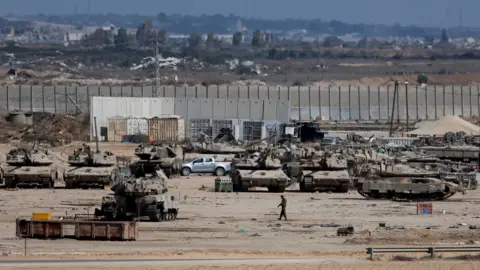 Reuters
ReutersAlthough the US is the big heavyweight behind this deal, Egypt and Qatar are in many ways just as important.
Qatar has long hosted Hamas leaders as well as – since the group’s attacks on Israel on 7 October 2023 that sparked the war – round after round of peace talks involving the CIA and Mossad, Israel’s overseas intelligence agency.
Tellingly, despite the renewed bloodshed in Gaza, the Qatari Prime Minister, Sheikh Mohammed bin Abdul Rahman Al Thani, told a US audience on Wednesday: “Fortunately, I think the main parties – both of them [Israel and Hamas] – are acknowledging that the ceasefire should hold and they should stick to the agreement.”
Dr Robert Pinfold, lecturer in Defence Studies at King’s College London, is of a similar opinion.
“The ceasefire will likely survive,” he told the BBC. “Israel and Hamas both perceive that the costs of abrogating the ceasefire themselves are too high.”
But when it comes to moving on beyond phase one of the Trump plan for Gaza, he is less optimistic.
“What has been set back is any meaningful transition to somewhere better, such as Gaza’s rehabilitation and rebuilding. Whilst the ceasefire may survive, it will remain on tenterhooks,” he said.
“Any prospect of ‘peace’ or rebuilding Gaza is as remote as ever.”

